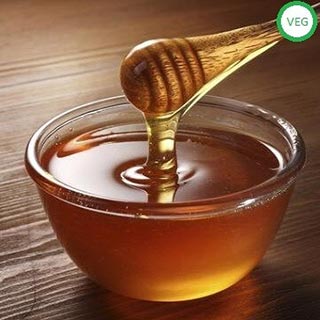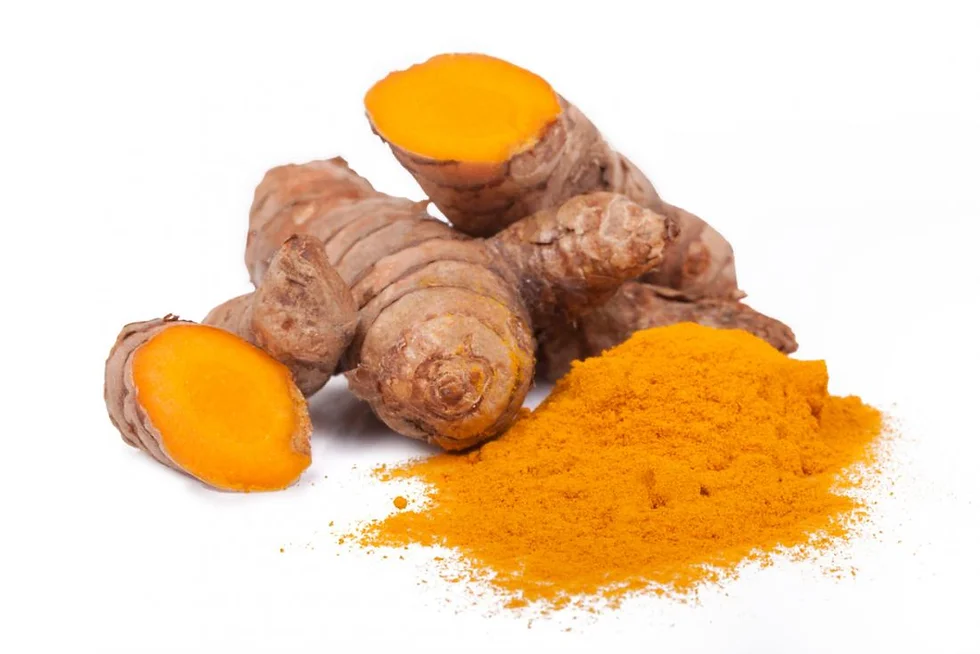Major Export Products
- Home Major Export Product
Honey
Honey is a popular health food said to facilitate better physical performance. In recent years, the antibiotic and wound healing properties of honey have been scientifically proven. Likewise, increasingly honey is used as a substitute for sugar.
Nepal has a long and venerable tradition of beekeeping and honey hunting dating back thousands of years. Beekeeping with a native hive bee Apis cerana is an old tradition handed down from generations and it is still in a preliminary stage. Apis cerana colonies are generally kept in the log and wall hives without any management except honey harvesting once or twice a year. Apis cerana beekeeping is a sideline activity for many farmers, who grow a variety of crops, rear livestock and perform a number of other activities to manage their livelihood.
Nepal produces a wide variety of specialized honey and other bee products noted for their purity and high medicinal value. The majority of the honey found in Nepal is of multi-floral origin. However, there are some unify oral honey including chiuri (Indian butter tree), mustard, buckwheat, rudilo (Pogostomone spp), sunflower and litchi honey. Honeydew honey collected from pine and spruce trees (Salle Maha) and oak trees (Dalle Maha) is also produced in the mountain areas of Nepal. Most honey in Nepal is extracted by squeezing the combs with hands. Squeezed honey is very common in the mountain areas of Nepal where Apis cerana beekeeping is practiced in fixed comb log and wall hives. Some honey is also extracted by centrifugal extraction, mainly honey produced by Apis mellifera beekeepers who keep bees in moveable frame hives.
Nepal’s diverse climatic conditions and abundance of flora make it host to five species of honeybee. Among these, only the Asian hive bee (Apis cerana) and the European honeybee (Apis mellifera) can be kept in hives and managed for honey production and pollination. The other three species—the Himalayan cliff bee (Apis laboriosa), the giant honeybee (Apis dorsata) and the dwarf honeybee (Apis florea)—are wild. Specialized people and communities called ‘honey hunters’ collect honey and beeswax from the nests of these wild bees. Although there are no validated figures, it is estimated that, at present, there are about 90,000 Apis cerana hives and 20,000 Apis mellifera hives in Nepal.
Production
In fiscal year 2015/16 Nepal’s honey production was of approximately 3500 metric tons. The official export quantity in fiscal year 2015/16 was six tons.
Non-tariff specification for import in major markets
Europe
- Honey standards set by Codex Alimentarius defined under Council Directive 2001/110/EC
- Honey defined as a substance produced from Apis Mellifera
- Composition defined
- Labeling requirements on food items including (EU Regulation 1169/2011, Directive 74/409/EEC)
- Should mention honey type, weight, trade name and name of the producer
- Easy to read information
- Information on allergens
- Country of origin labeling
- Information for online sale
- Residue Monitoring Plan
- Requires health certificate of bees by a registered veterinarian
- Inspection of health certificate at Border Inspection Post (BIP)
India
- Prevention of Food Adulteration Rules (PFA) on composition
- FSSAI Regulations on limits of metals in honey
- Prohibition of items like antibiotics in honey
- Packaging requirements
- Marking and Labeling requirements to include the name of a packer, place of packing, date of packing, best before date, etc.
To find out information on country-specific tariff rates, check the International Trade Centre’s MAcMAp. Put Nepal in exporting country field and select the destination country, exporting commodity and year to be exported to find the tariff rate. To find country-specific non-tariff requirements click here.
Trade Statistics
Related Trader
| 8 | Company Details
Contact Person
| Oil, essential, lemon, including concretes and absolutes Big Cardamon (Alaichi) Ginger Neither crushed nor ground Fresh Raw Turmeric (curcuma) Dust or Powder Big Cardamon (Alaichi) Shilaamrit | 33011300 09083110 09101110 04090010 09103020 09083110 13021919 | Keyone International Pvt., Ltd. |
Related Measures and Procedures
Measures
| Name | Type | Agency | Description | Comments | Law | Validity |
|---|---|---|---|---|---|---|
| Certificate of Origin | Formality Requirement | Ministry of Finance | Section 21. Attachment of the documents with the declaration form: (1) A person importing or exporting goods pursuant to Section 18 of the Act, while submitting declaration form to the customs officer, shall submit the following documents including Certificate of Origin. | Comments | Customs Regulation, 2064 (2007) | 9999-12-31 00:00:00.0 |
| Generalized System of Preferences (GSP) | Certificate Requirement | Ministry of Finance | 21. Attachment of the documents with the declaration form:(1) As per section 18 of the Act, the person importing or exporting goods,while submitting declaration form to the customs officer, should submitfollowing documents(a)..(b)...(c) For exportation(1) Invoice(2) Packing list(3) Certificate of Origin(4) Banking document regarding payment procedure, in case of export to third country(5) Documents which are required as per prevailing law regarding the recommendation, license, or certificate from any institution. However Certificate of Origin shall not be mandatory for the export in which G.S.P. certificate is required. | Comments | Customs Regulation, 2064 (2007) | 9999-12-31 00:00:00.0 |
Procedures
| Name | Description | Category | View Procedure Detail with Relevant Forms |
|---|---|---|---|
| Certificate of Origin | Procedure to apply for Certificate of Origin | Procedure | View |
Product Workflow









